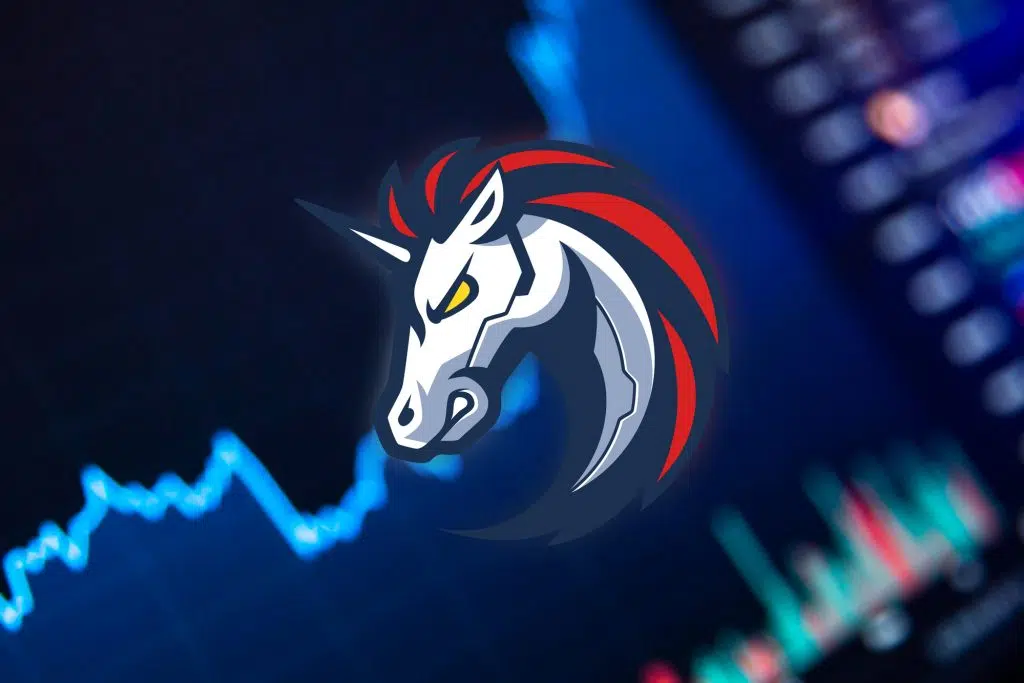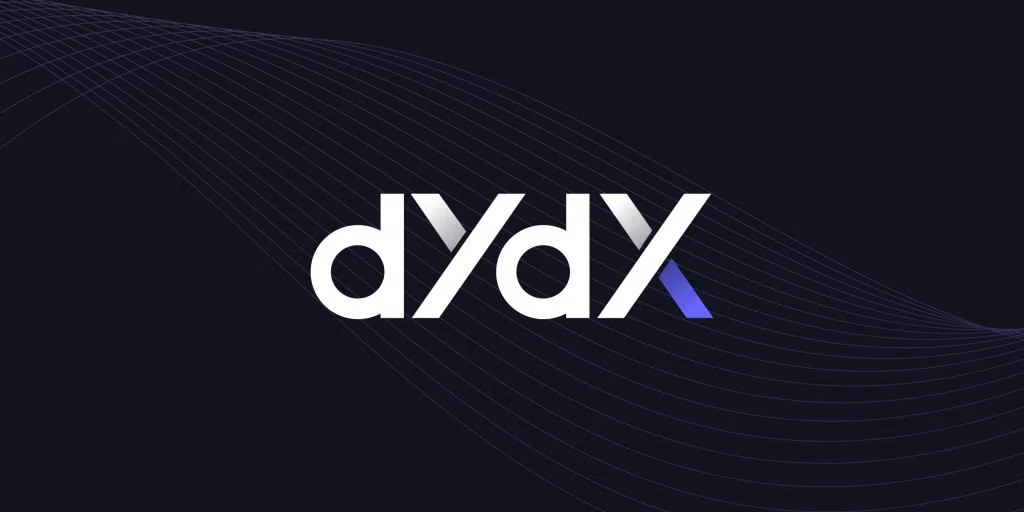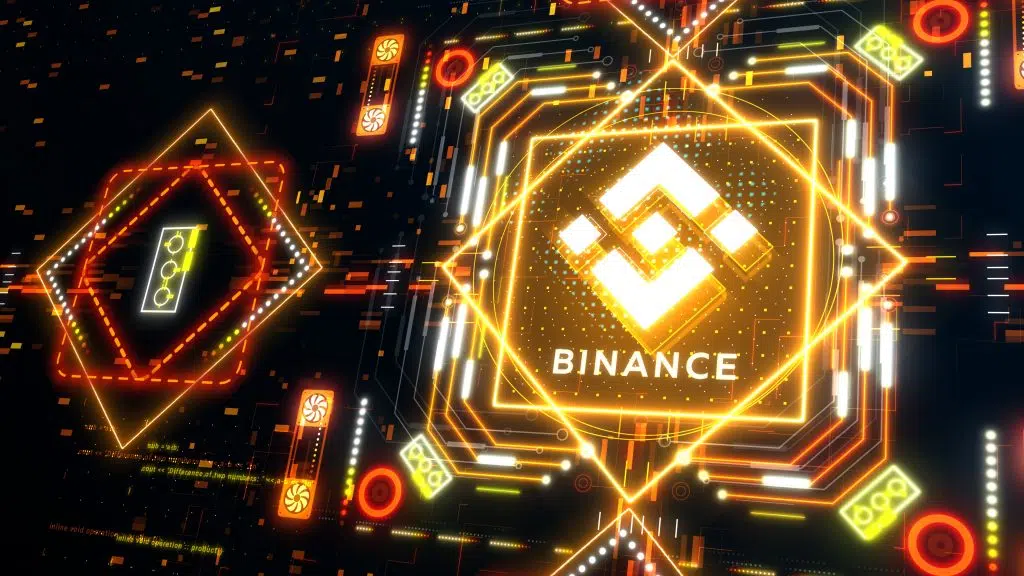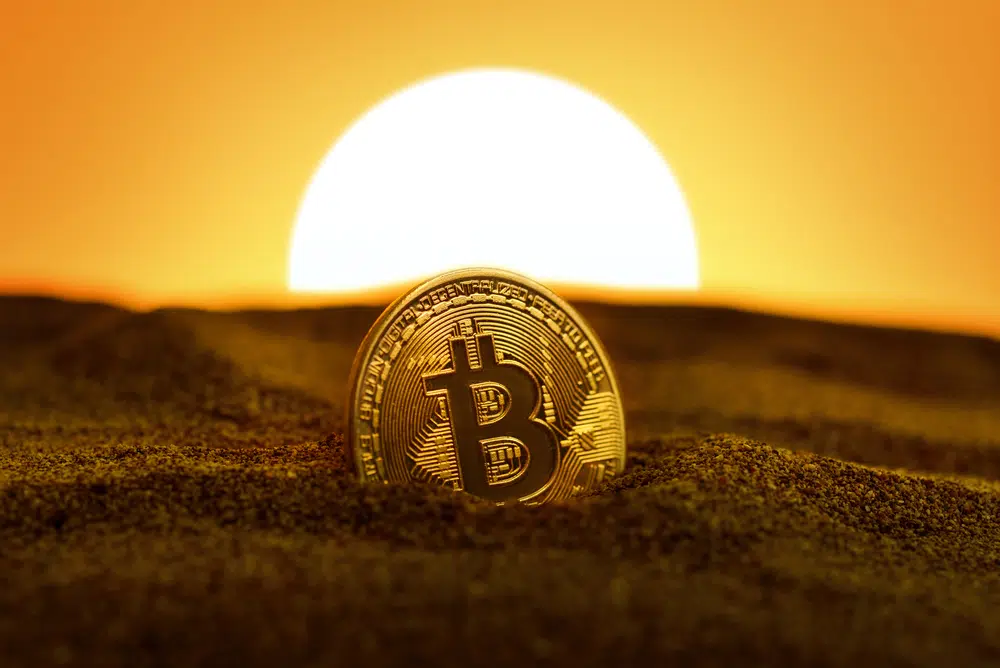Contents
Centralized exchanges have always handled most of crypto trading. The exchange operator controls these systems, which use a standard order book structure and require customers to hold funds. The sum of all purchase and sale requests in order book transactions is displayed.
For an asset to transact using this technique, a purchase order must coincide with a sales order on the other side of the order book for an equal quantity and offer. The primary issue with this method is liquidity (the details and volume of submissions on the order book). Due to a shortage in liquidity, brokers may not match purchase and sales demands.
Uniswap is a decentralized trade with a unique exchange model called an automated liquidity contract or protocol. Uniswap is an open source that allows users to replicate the technology and build decentralized exchanges. Further, users can list tokens on the platform free of charge. Users may even list tokens on the exchange platform for no charge. This is a significant disparity from traditional centralized exchanges, which are profit-driven and levy exorbitant listing costs.
Uniswap’s popularity has produced many entrants and copycats. Conversely, these entrants motivate developers to initiate novel styles to entice users. Here are the top 10 Uniswap alternatives for decentralized crypto trading.
The brand new newsletter with insights, market analysis and daily opportunities.
Let’s grow together!
1inch
1inch is a distributed finance initiative (DeFi) that has developed solutions for the Polygon, Polygon, and Binance Smart Chain blockchains and Ethereum. Users are more familiar with 1inch for their DeFi aggregator protocol, but they have also released their automated market maker (AMM), Mooniswap. Mooniswap consists of the 1inch token, which has dual functions (as a governance and a utility token).
Suppose you’ve decided to exchange part of your Ether for Dai. Then, 1inch will search through all the available DeFi protocols to locate the best possible exchange for you, and it will let you choose between the best for the most significant possible return and the lowest possible gas prices. 1inch distributes your orders among several independent exchanges to maximize your cryptocurrency’s value and avoid slippage.
A distinctive aspect of 1inch is that it also favors limited orders, a rarity in the DeFi space. You can set the token you want to utilize and the token you want to get, the expected price, and the order duration. 1inch will automatically make the transaction for you at the most favorable rates on the trading platform if the price of a token hits the price you target.
The 1inch token is incorporated in 1inch and serves a dual purpose as a payment and voting mechanism.
2. PancakeSwap
In 2022, another decentralized exchange platform called PancakeSwap was established. PancakeSwap is currently the uppermost deep-rooted decentralized exchange on the Binance Smart Chain blockchain. It’s a lot like Uniswap in terms of how it works, but the developers have included some extra perks to thank you for participating in their initiative.
The PancakeSwap platform enables instantaneous trading of all BEP-20 tokens on the Binance Smart Chain network.
CAKE, the platform’s native coin, has multiple purposes within the broader PancakeSwap ecosystem. CAKE tokens, for instance, can be gambled in “Syrup Pools” to win additional CAKE tokens or any other type of tokens.
Because of the PancakeSwap platform, trading BEP-20 tokens on the Binance Smart Chain network is completed in real-time. CAKE is the native coin of PancakeSwap, and may be used for various transactions.
For instance, CAKE tokens can be utilized as wagers in “Syrup Pools” to increase their chances of winning additional CAKE tokens or even tokens of a different kind. Users do not need third parties to store funds as they directly control their coins and make exchanges now with whomever they desire.
3. SushiSwap
While SushiSwap represents significant intimidation to Uniswap on Ethereum, the development team has also brought the protocol to other blockchains, such as Binance Smart Chain, Polygon, Fantom, and others.
To fork off Uniswap, SushiSwap was launched in August 2020. The team made significant adjustments to their legacy that Uniswap wasn’t providing. Users may acquire Sushi tokens, which they could prop up to gain a share of the overall fees generated by SushiSwap, by depositing Uniswap LP tokens to SushiSwap. This tactic proved incredibly successful. As a result, SushiSwap briefly posed a severe challenge to Uniswap’s position as the leading decentralized exchange.
Uniswap, on the other hand, countered this “vampire strike” by issuing its token, UNI, that evened the playing field. SushiSwap has developed into a thriving community with many consumers and makers, even though it began with relatively modest ambitions.
In addition to Ethereum, Blockchain programs have implemented the SushiSwap protocol. The broader Sushi ecosystem now supports decentralized finance features, such as lending, staking, and yield farming,
4. QuickSwap
This is another split-off from Uniswap, the pioneer in the fast-growing DeFi subsector of the cryptocurrency business globe. In essence, both platforms have enchanting qualities. However, we prefer dragon magic over unicorn magic. It’s a new, speedier form of magic only found in a remote place that the locals have termed “Layer 2.”
Though it’s very far away, you can go there with just a few clicks of a mouse using the MATIC portal and the help of a masked fox. When coming, many visitors have inquiries. Newcomers can take advantage of no-cost orientation and training sessions.
Developed on top of the Polygon network, QuickSwap is a Uniswap fork. Polygon outperforms Ethereum regarding transaction speed and fee cost as a scaling alternative. QuickSwap supports the standard AMM features, such as liquidity provision and trading of tokens.
QuickSwap, on the other hand, has a few tricks up its sleeve, including a scheme for mining liquidity in which users can swap their LP Tokens with QUICK governance tokens.
IDOs, or initial DEX offerings, are now supported on QuickSwap. Users can participate in the token sales of up-and-coming cryptocurrency initiatives through IDOs.
5. dYdX
dYdX is a decentralized exchange based on Ethereum and mainly focuses on derivatives and margin trade. You undoubtedly already know that centralized exchanges like Binance Futures and Bybit rule the roost regarding trading derivatives like futures contracts and options.
dYdX hopes to modify this by introducing derivatives into the Ethereum blockchain via smart contracts.
The perpetual contracts available on dYdX are its main distinguishing feature, functioning similarly to those of decentralized exchanges. You can use these instruments to take on leveraged positions and wager on the price movements of different cryptocurrencies, either by going long or short. With Starkware, dYdX has released its perpetual contracts on the StarkEx layer 2 Ethereum scaling solution. Due to StarkEx’s cheaper transaction processing than Ethereum’s layer 1, dYdX is a tough competitor for frequent traders.
The DYDX governance token, which the dYdX platform is about to issue, will most likely allow for even more significant platform expansion.
6. Binance DEX
Developed first by Binance, Binance DEX is a decentralized cryptocurrency exchange. It debuted in April 2019 and provided a comparable trading environment to regulated markets. Binance DEX is a decentralized exchange (DEX) based on Binance Chain, a blockchain developed by Binance for the DEX market. Binance Chain is compatible with Binance Smart Chain, which is currently more popular and uses BNB as its original asset.
Binance DEX is non-custodial, just like most other decentralized exchanges (DEXes), which means that you always keep complete control over the private keys to your cryptocurrency. You don’t have to give it to another person and have faith that they will look after it properly.
If you’ve only ever traded on centralized platforms, Binance DEX is a great place to begin your foray into decentralized exchanges. However, investors clearly desire decentralized exchanges based on the AMM concept.
7. Serum
The Serum is a blockchain-based decentralized exchange created on top of Solana, a blockchain platform developed with scalability in mind. Users of the Solana blockchain can use Wormhole, which bridges ERC-20 tokens onto the Solana network.
The ultimate objective of the Serum project is to produce a decentralized alternative to centralized exchanges that is just as quick and has just as excellent of an interface as those centralized exchanges.
The user experience of centralized exchanges is intended to be more closely replicated in Serum DEX’s graphical user interface. On this page, you can check the orderbook, view the market’s current price, and place orders all simultaneously. In contrast to other cryptocurrency exchanges, Serum is one of a kind since it allows traders to place restricted orders while trading.
The Serum Management Token, sometimes called SRM, is a form of cryptocurrency that finds application in various settings. The token may be purchased on both the Ethereum blockchain and the Solana blockchain, and then it can be sold on the Serum market. Several notable backers of the Serum project, including FTX, Alameda Research, and Multicoin Capital, represent the cryptocurrency industry.
The Serum project has made significant progress as a result of this achievement.
8. Kwenta
Kwenta is a decentralized exchange that creates tokens derived from other assets.
It is supported by the one-of-a-kind DeFi system known as Synthetix (or “Synths”). Tokens, known as synths, are characterized by price fluctuations that mirror those of other assets, such as the United States dollar, the Euro, Bitcoin, and other cryptocurrencies, and even equities and stock market indices. The dollar used in the United States and the euro used in Europe are examples of “fiat assets.”
A peer-to-contract (P2C) architecture is the foundation for the Kwenta DEX. In this model, trades are made against intelligent contracts developed by Synthetix. This solves some of the most significant issues with peer-to-peer models, making them more liquid and reducing the likelihood that they would incur financial losses.
One other fascinating feature of Kwenta is that it enables the transmission of all Synths supported by the Synthetix protocol between any other Synths. Users have access to a selection of trading pairs from which to choose. If you are interested in using a DEX but want to trade more than just your standard cryptocurrency tokens, then Kwenta may be an intriguing alternative.
Users of Kwenta can exchange exposure to real-world assets and exposure to other cryptocurrencies without the requirement for a custodian, and they can do so while still preserving their place on the Ethereum blockchain.
9. SunSwap
Like Uniswap, SunSwap is a decentralized exchange that allows users to trade currencies based on the TRON blockchain or to provide liquidity in exchange for rewards. Within SunSwap’s liquidity mining system, users can stake LP tokens to mine various tokens, including TRX and others.
Having purchased JustSwap in October 2021, SUN.io rebranded the decentralized exchange (DEX) as SunSwap. Along with the transfer of ownership came the addition of the native utility and governance SUN Token. By controlling the amount of SUN Tokens in circulation through a process called “SUN Buyback & Burn,” inflationary pressures can be avoided.
There is no shortage of decentralized trading platforms, but JustSwap has emerged as the clear front-runner among users of the TRON blockchain. Because TRON’s design is based on delegated proof-of-stake, trading on JustSwap is both rapid and cost-effective.
10. DODO DEX
DODO DEX is a decentralized exchange that takes control of the Proactive Market Maker (PMM) concept, a version of the Authoritative Market Maker (AMM) design we’ve already explored in depth. According to the DODO DEX group, the PMM architecture reduces the likelihood of short-term loss for financial intermediaries. Additionally, the DODO DEX protocol enables liquidity providers to transfer a single token into a pool, a unique and helpful feature.
Slippage is reduced as a result of the use of PMM, which, from the point of view of the trader, makes it possible for trades to be conducted at more predictable prices.
In addition to being live on the Ethereum and Binance Smart Chain blockchain platforms, DODO DEX possesses several features that set it apart from other cryptocurrency exchanges. One of these features is Crowdpooling, which provides cryptocurrency projects with an alternative method of distributing tokens to users.
The DODO token is utilized not only to fuel a fee-sharing mechanism and membership advantages but also to make governance more accessible. DODO holders, for instance, are eligible for reduced trading fees when using the DODO DEX and can also take part in the inaugural DEX offerings hosted on the platform.













